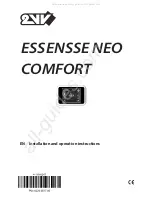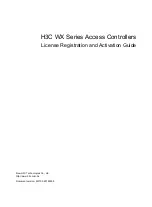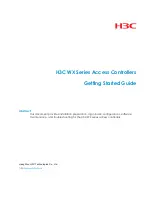
LTQ008 – LTQ230 Series 3-Phase
Products
User Instructions –
AIIOM000165
EN
Page
7
of
40
Do not operate the product/system in a partially-assembled condition.
If the conditions of service on the purchase order change (e.g. pumping fluid, temperature, or duty
conditions, etc.), it is imperative that the user seeks written agreement from Flowserve before start-
up.
Observe equipment labels, such as arrows designating the direction of rotation, warning signs, etc.,
and keep them in a legible condition. Replace any damaged and/or illegible labels immediately.
2.3
General hazard sources
- Read and follow all instructions in this IOM manual and on the equipment. Failure to follow
instructions can cause severe injury and/or death.
- Potential pinch point. Equipment connected to or driven by this device may start
unexpectedly, causing personal injury or entrapment in linkage systems.
2.3.1
Mechanical hazards
a)
Lifting limits and guidelines
- The load values mentioned in this section are Flowserve recommendations only.
Perform all lifting in compliance with site safety protocol, local regulations, and related industry
standards.
Many precision parts have sharp corners which require appropriate personal protective equipment
during handling. Prior to any attempt to lift an item, employees must first determine the approximate
weight and stability of the load.
Always handle large, unstable, or awkward loads with the assistance of additional personnel or
appropriate mechanical means.
Loads more than 23 kg (50 lb) should only be lifted by appropriate mechanical means and in
accordance with current local legislation or with the assistance of additional personnel.
Lifting items less than 23 kg (50 lb) may be prohibited without assistance if the lift is repetitive and/or
awkward (i.e., away from the body, above the shoulders, or below the knees) thus placing excessive
stress on the personnel.
Evaluate repetitive lifting, of any kind, as part of a documented end-user safety program.
b)
Manual override
The manual override handwheel allows a user to position the valve or damper with or without power.
Turn the handwheel CW to make the output drive move CW (when viewed from above). Turning the
handwheel CCW makes the output drive turn CCW.









































